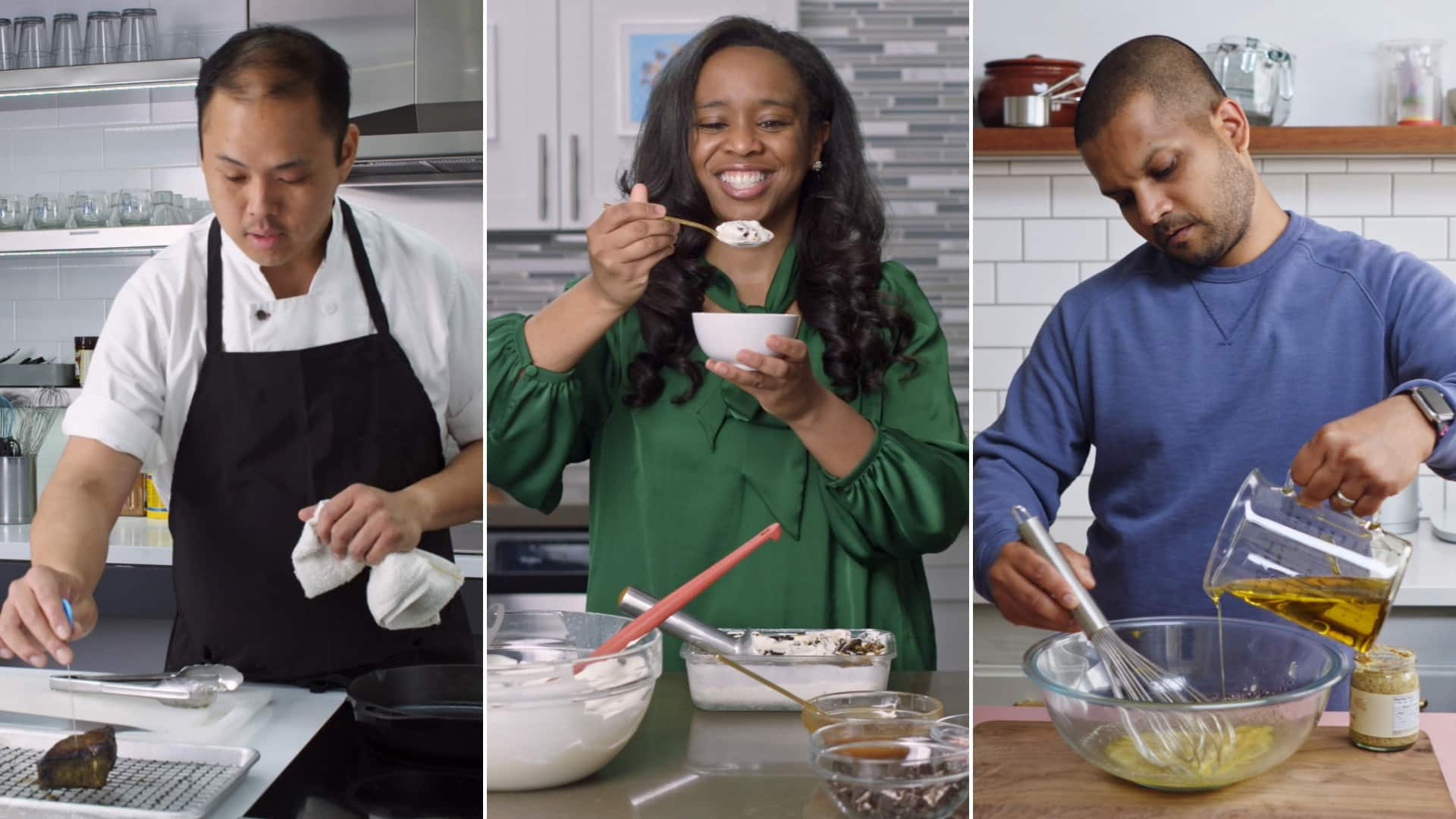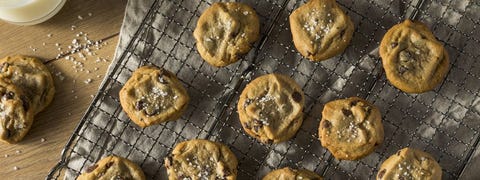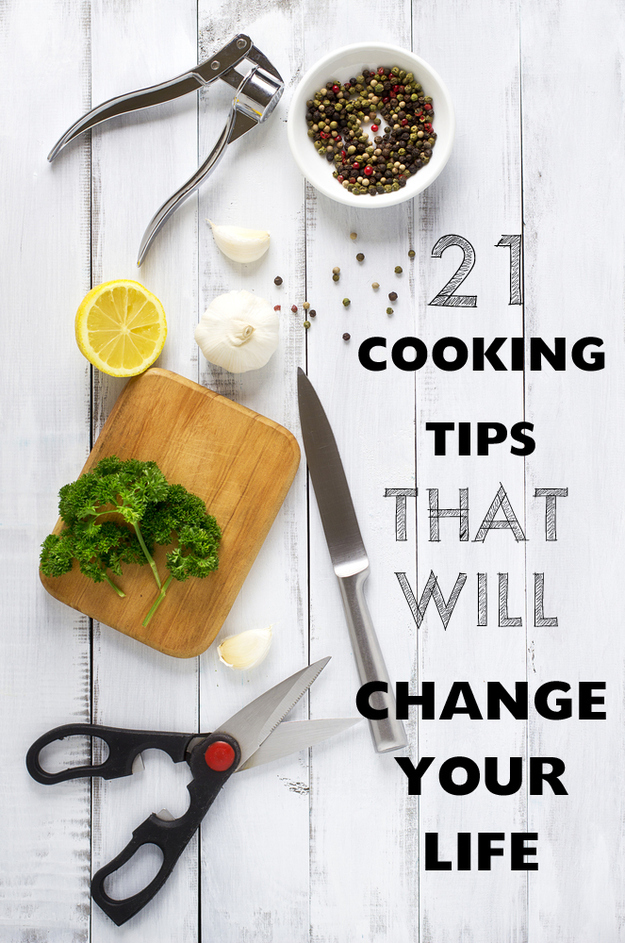
My last article discussed the importance cooking skills 101. I also explained how Chef de Cuisine Joey Delago shares each task and associated skill in his class. I also discussed the various tasks-based categories and their application, including activating yeast or making stocks. These skills are crucial for any cook, and a list can help you decide which ones to master and which ones to ignore. This article will cover some of these skills before you move on to the next level in your culinary journey.
Chef de Cuisine Joey DeLago's cooking skills 101 class
If you've ever wanted to learn how to cook like a professional, Chef de Cuisine Joey DeLago'S cooking skills 101 class can teach you the basics. This hands-on class focuses on the basic culinary skills you need to make a multi-course meal in a pinch. Joey will give tips on timing, preparation, presentation, and planning. You can also share your final meal with other home chefs.
Skills in cooking that are task-specific
The Food Agency defines cooking skills as a set of knowledge, skills, and practices that facilitate a nutritious diet. Although the environment can be a barrier to a healthy diet, this framework focuses on how to promote food skills and identify appropriate measures. These measures must be simple to understand, should relate to other domains and can be applied across a broad range of sociodemographic levels. The following four categories have been developed to address some of the most pressing issues related to food skills.

Activating yeast
You'll need to activate yeast before you can use it in cooking. To activate your yeast, you can heat tap water and run hot water through it. You may need to add sugar to some yeast cases. These are some ways to activate yeast. Once the yeast has reached a bubbly state, it's ready for use. Cooking is the key to baking success.
Making stocks
Stocks can make dinners more delicious and add depth to dishes. Stocks can be homemade using the flavors of vegetables, fish, and meat. While you can make your own stock using bottled water, it is better to use the filtered water available at the grocery store. There are many stock options available. It is important to be as diverse as possible when making stock.
Whipping cream
Whipped cream is a delicious way to top a cake or dessert. It's easy to make, but there are some things to remember when making this classic dessert. Although it appears to be slightly melted, it is actually quite different. Whipping cream shouldn't have a lumpy consistency. It should be fluffy and slightly curled. Soft peaks can also be made by beating the cream using a spoon until the cream holds its shape.

Melting chocolate
Learning how to melt the chocolate is a must-have skill if you want to create amazing desserts. It is not an easy task. These tips will help you to get the job done quickly with minimal mess. First, you must know the correct technique. There are two main ways to melt chocolate. Double boiler refers to a heatproof container or pan with a glass- or stainless-steel-bottom that is placed over a pot of simmering, boiling water. This method should not be used quickly and the water should not get into the bowl.
FAQ
What are the basic skills of cooking?
Basic cooking skills include knowing how to read recipes, measure ingredients, cook food safely, and clean up after yourself. These are the essential skills you will need to be able cook for yourself. Cooking can be a great way of saving money, as you don't need to go out to eat all the time.
How Much Does It Cost to Study Culinary Arts?
It is not easy to find a culinary arts degree that costs less than $40,000. For example, a 4-year degree costs about $40,000. A two-year associate's program may be less expensive at $5,000. The tuition rate you choose depends on the program. The prices charged by private institutions are generally higher than the public.
What's the difference between a professional chef and an amateur cook?
A chef prepares food for other people. A cook prepares food for his or her own consumption. While both jobs involve preparing food, a chef works directly with customers. This means they may have to decide what to serve guests based on their preferences. A cook does not interact with customers. Instead, a cook makes sure the food tastes good before delivering it to customers.
What are the requirements to become a chef?
You must hold a bachelor's in culinary arts to be a chef. You will also need to pass several tests administered by ACF. Once you've completed these requirements, you'll receive a certificate verifying your qualifications.
Which is the best way for you to learn how to cook?
Cooking is something that everyone should be able to do. It's a great way to experience delicious food without having to learn how to cook. First, find a recipe that appeals to you and then follow it closely. Next, practice making small tweaks to the recipe until the dish is your own. Try cooking for others. You will learn a lot and be able to show off your cooking skills.
What skills do I need to get into culinary school?
You must have the ability to cook well and work under pressure. To learn how cook, enroll in cooking courses at your local high schools or community colleges. Once you have learned the basics of cooking, it is time to look for work at a restaurant.
Statistics
- According to the BLS, chefs earn $58,740 a year. (learnhowtobecome.org)
- The median pay for a chef or head cook is $53,380 per year or $25.66/hour, according to the U.S. Bureau of Labor Statistics (BLS). (learnhowtobecome.org)
- You'll be amazed that over 90% of CIA students receive scholarships and grants to finish their culinary studies. (ischoolconnect.com)
External Links
How To
How to cook steak
The thickness of the meat determines the best cooking method. Thicker steaks can be cooked on a low heat. Thicker steaks need to be cooked at higher temperatures.
Don't overcook them as they will lose flavor. Remember to take your steak out of the oven when it's done. You won't burn.
Cooking times will vary depending on how large the steak is and what degree of doneness you desire. Here are some guidelines to help you get started:
Medium Rare: Cook to medium rare. This means that the internal temperature should reach 145degF (63degC). This process takes between 3 - 5 minutes per side.
Medium: Cook to medium (or until the internal temperature reaches 160degF/71degC). This usually takes about 6 minutes per side.
Cook well until done. That means that the internal temp reaches 180degF (82degC). This takes between 8 and 12 minutes per side.